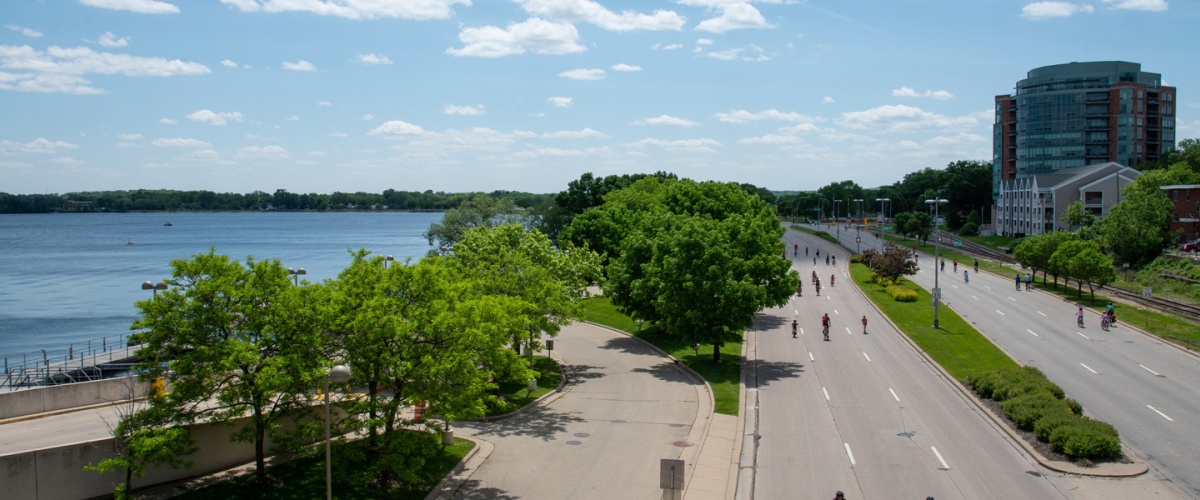
Jumping Worms Awareness
Have you heard about the jumping worm? This invasive earthworm (Amynthas spp.) behaves in a frenzied manner and is also known as crazy worm. Jumping worms, which are native to East Asia, turn good soil into dry, grainy soil that can hinder the growth of vegetation. They are particularly damaging to native woodlands – quickly consuming organic matter and leaving soils that make it difficult for ground layer plants to grow and reproduce in the forest. Jumping worms reproduce and spread rapidly and may not be noticed until the soils are already negatively impacted.
Jumping worms were first identified in Wisconsin in 2013 and are now found in more than 20 counties throughout southeastern and south central Wisconsin, including Dane County. Taking the lead on education, the Wisconsin Department of Natural Resources (DNR) is providing information to residents and businesses.
Jumping worms can be spread in the very small cocoon stage unwittingly – through soil, leaves, and mulch (both leafy and hardwood). To minimize the spread of this invasive species, many garden clubs are suspending sales that include plants dug from members’ gardens; Olbrich Botanical Gardens has indefinitely suspended its leaf mulch sale, as well.
The Madison Parks Division and Olbrich Botanical Gardens are committed to sustainable gardening methods and following the best practices of invasive species management as outlined by the Wisconsin DNR, which is spearheading jumping worm identification and research. Madison Parks and Olbrich Botanical Gardens are taking a proactive approach by educating staff through expert-lead classes and hands-on training for field staff.
Residents can follow a few simple steps to help reduce the spread of jumping worms. This DNR brochure provides helpful tips and “best management practices” all residents can use. For more information about jumping worms, identification, and best management practices, visit the DNR website.
